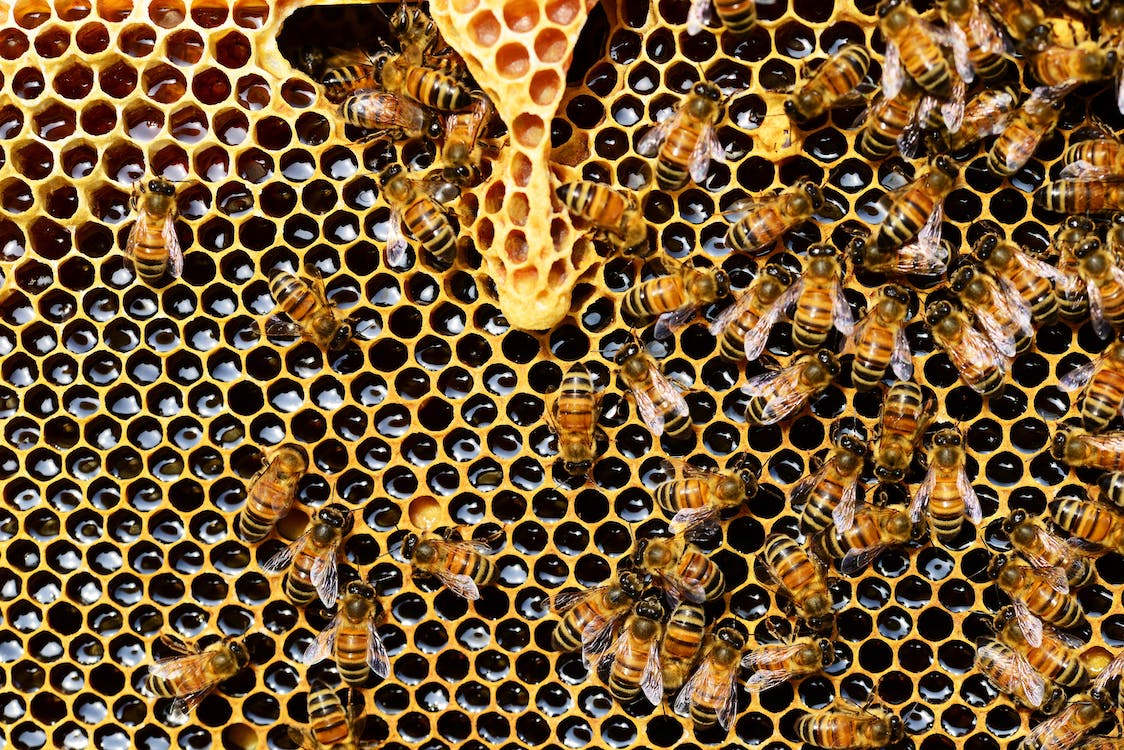As September unfurls its tapestry of golden sunsets and russet leaves, it fittingly heralds a celebration of nature’s liquid gold: honey. National Honey Month is a tribute to this sweet elixir that has enamored civilizations for millennia. Beyond its delightful sweetness, the month is a salute to the industrious bees, whose intricate dance and tireless foraging birth this natural wonder. The month also tips its hat to beekeepers, those guardians of hives, who, with a blend of skill and reverence, ensure the sustenance of these vital pollinators and the continuation of honey production. Honey, transcending its role as a mere sweetener, is lauded for its medicinal, nutritional, and cosmetic virtues. Its antimicrobial properties, its role as a natural cough suppressant, and its skin-enriching qualities are just a few facets of its multifaceted brilliance. National Honey Month serves as a reminder to treasure this gift from nature, to support sustainable beekeeping practices, and to revel in the myriad ways honey touches our lives from the drizzle on our morning toast to its healing embrace in our skincare routines.
Quick Facts:
- Pollen Variety: The color and flavor of honey vary depending on the types of flowers the bees have pollinated.
- Bee Stages: A worker bee has various roles throughout its life, including nurse, cleaner, builder, guard, and finally, a forager.
- Energy Source: Honey is a quick energy source, providing 17 grams of carbohydrates per tablespoon.
- Bee Lifespan: The average lifespan of a worker bee during the summer season is about six weeks.
- Bee Communication: Bees have a sophisticated communication system, which includes pheromones and a unique ‘waggle dance’ to convey information about food sources.
History of National Honey Month
Established in 1989 by the National Honey Board, National Honey Month is a September soiree celebrating the sweet nectar of honey and the culmination of a season’s diligent work by both bees and beekeepers. September’s significance lies in its marking of the season’s end for honey collection in numerous regions. As bees return to their hives to prepare for the cooler months, beekeepers wrap up their harvest, having allowed bees to keep enough honey for their winter sustenance. The month provides a poignant moment of reflection and appreciation, drawing attention to the harmonious balance between human needs and ecological responsibility. By designating September as National Honey Month, the National Honey Board aimed not only to promote honey as a versatile and natural sweetener but also to spotlight the vital role bees play in pollinating many of the foods we cherish daily. This commemoration serves as a timely reminder of the intricate dance between nature’s bounty and human ingenuity, and the essential role of sustainable practices in ensuring the continuity of this ancient tradition.
Significance of National Honey Month
A Nod to Pollinators: Honeybees play a critical role in the pollination of many food crops, making their contribution to agriculture and our diets vital.
Versatility of Honey: Beyond sweetening, honey plays roles in cooking, baking, medicine, and even skincare.
Natural and Nutritious: Honey contains antioxidants, is a natural energy source, and has been used in traditional medicine for its antimicrobial properties.
Sustainable Farming: Beekeeping can promote biodiversity and sustainable farming practices.
Ways to Celebrate National Honey Month
Support Local Beekeepers: Purchase honey from local sources, ensuring you get the freshest product while supporting small-scale beekeepers.
Cook with Honey: Experiment with honey in various dishes, from glazes and dressings to baked goods and drinks.
Educate Yourself: Attend workshops or watch documentaries about honeybees, beekeeping, and the importance of pollinators.
Bee-Friendly Gardens: Plant flowers and shrubs that attract and nourish bees.
Advocate for Bees: Spread awareness about the threats honeybees face, such as pesticides, habitat loss, and diseases, and champion bee-friendly practices.
Taste Different Varieties: Just like wine, honey has different flavors and colors based on the flowers bees visit. Host a honey tasting party or visit a local apiary.
DIY with Honey: Use honey in homemade skincare routines, like face masks or scrubs.
Fun Facts:
- Honey never spoils. Archaeologists have found pots of honey in ancient Egyptian tombs that are over 3,000 years old and still perfectly edible.
- Each honeybee produces only about 1/12 of a teaspoon of honey in its lifetime.
- Honey has medicinal properties and has been used to treat wounds and ailments since ancient times.
- Bees communicate with each other by dancing.
- A single beehive can produce anywhere from 30 to 100 pounds of honey a year.
FAQs:
What is National Honey Month?
National Honey Month is celebrated every September to honor the vital role of honeybees in our ecosystem and to appreciate the sweet natural substance they produce.
Why is honey important?
Apart from being a natural sweetener, honey has numerous health benefits, including antimicrobial properties and being a source of antioxidants. Honey is also significant in various cultural and culinary traditions.
How is honey produced?
Honey is made by bees using nectar from flowers. The bees transform the nectar into honey by a process of regurgitation and evaporation, storing it as a primary food source in honeycomb.
What are the different types of honey?
There are numerous types, including clover, manuka, buckwheat, and orange blossom, each having unique flavors and properties. The type of honey depends on the variety of flowers visited by the bees.
How can I celebrate National Honey Month?
You can celebrate by using honey in various recipes, learning about beekeeping, or supporting local beekeepers by purchasing their products.
